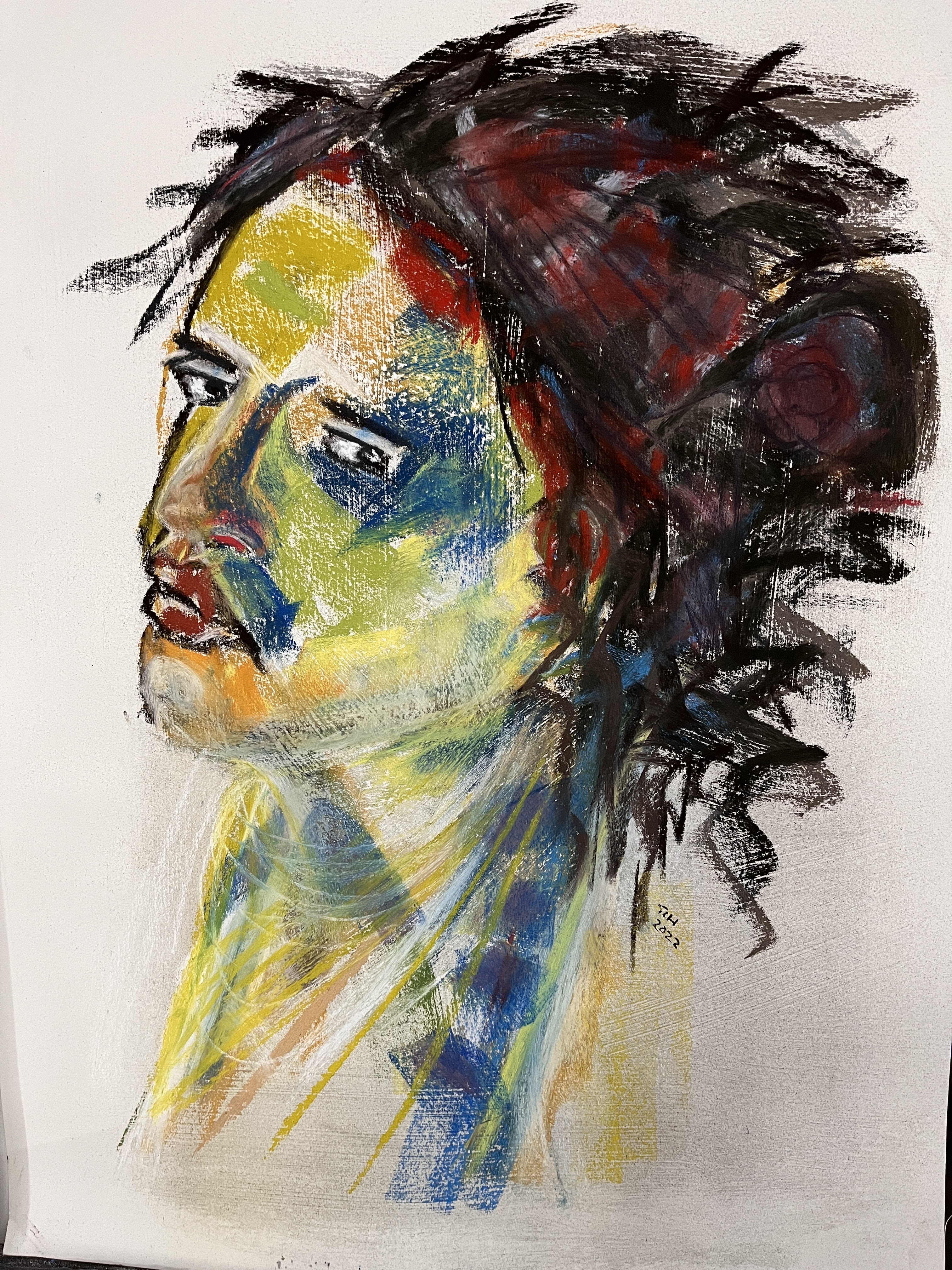From small and resistant beginnings, sports such as football and rugby, prompted by the much longer acknowledgment by American football (NFL), CTE (chronic traumatic encephalopathy) resulting from repeated concussions and sub-concussions is being investigated. There are exceptions; boxing is resolutely staying out of the data, reflecting the initial reluctance shown by ball games now slowly reducing. These were tough sports for tough men so ‘a bit of a knock’ was something to be brushed off. You get up and carry on.
Boxing, of course, is invested in those knocks – repeated blows to the head and ideally a match-wining knock out are what win matches and prize money so it’s easy to see why they might be reluctant to acknowledge its impact. The other exception is women. This is partly because so much research, even when it’s related to women, is trialled on men (see Criado-Perez), but it’s also because the largest population of women exposed to repeated blows to the head is at home, victims of abusive partners. Described as ‘punch drunk’ they were often dismissed as alcoholic or scatter-brained, depressed or users of drugs. Much of that was true because who wouldn’t turn to alcohol in such an environment, lose track of dates and times due to the fear of being wrong, and maybe rely on prescribed drugs to numb it all away? These were secondary to the primary cause, repeated assaults by a violent partner.
This series will frame that population in the same way as the boxers – stylised and in isolation. This is the first sketch based on a photograph and my head model which allows for perspectives, particularly as I’m not copying the photo, just using it for a sense of angles and features. Critically, abusers try to avoid causing injury to exposed areas, aiming instead for parts of the body covered by clothing. Injuries to the head are often from impacts to the back, top, and sides, but for some, damaging a woman’s face seems irresistible. The medium is soft pastels drawn on A2 primed cartridge.



It has to sit and simmer for a while now. Most of it is there and I’m keen not to over-work it so I’ll be taking it carefully. Maybe start another before looking at it again, have two or three on the go. This image has colours pertaining to bruising and injury, much of it in the hair which often covers the signs of abuse. There are others at her throat because throttling is a form of abuse preferred by many abusive men; a symbol of control perhaps, shutting her up. The shapes aren’t quite right there where the thumb prints are, so I’ll take another look at that later.
Unlike boxing, eyes are prominent in this series because of the fear and watchfulness of victims, and so I may be starting with eyes in the next painting and building the rest round them to see how that goes.

Standing back from the previous version, I could see where her neck went and it wasn’t quite where I’d positioned it. I’d also been thinking about those finger and thumb bruises – victims frequently cover them up with high necked collars or scarves rather than leave them visible. So, I’ve used a delicate tracery of white charcoal to hint at a scarf, leaving the marks ambiguously visible underneath; they could be bruises but they could also be an Xray of her cervical spine which itself may have sustained damage.
I’m relatively happy with this, and also with the experience of using pastels as a primary medium. I seem much less inclined to fill all the available space than when using acrylics, possibly because you can’t trowel this stuff on with a palette knife. I want to get better at this before considering a more blended approach to something, a neater and less grubby painting, if I ever do consider that.
Key references for these works are on my resources page. Specifically, The Beautiful Brain. 2019. Podcast by Hana Walker-Brown. ‘Boxer’s brain’ is used as the damage standard in several instances by coroners and other officials when comparing the brains or behaviour of women victims of domestic abuse, and people affected by concussive injury in other sports. ‘Punch drunk’ is the term used. Available on Audible. Also, The Delicate Game (2022) also by Walker Brown. This contains a whole chapter on boxing and what’s termed ‘pink concussion’ which refers to the barely described impact of brain injury on women. There’s more here now about women in sport and the fact that recovery from concussive and sub concussive incidents taking longer than in men, and the incidence now being diagnosed in victims of domestic abuse, replacing a framework of emotional reaction to the abuse. The ‘punch drunk’ woman was the first in a long line of realisation, mostly by male doctors, that memory loss, disorientation, and the like were not characteristics of women generally as they age but of women who had been regularly and frequently beaten around the head for years.
SCH 2022
For a list of workshops, groups, conversations, and other activities see my dedicated page.

